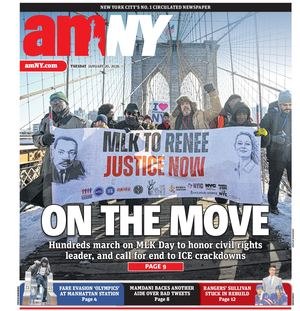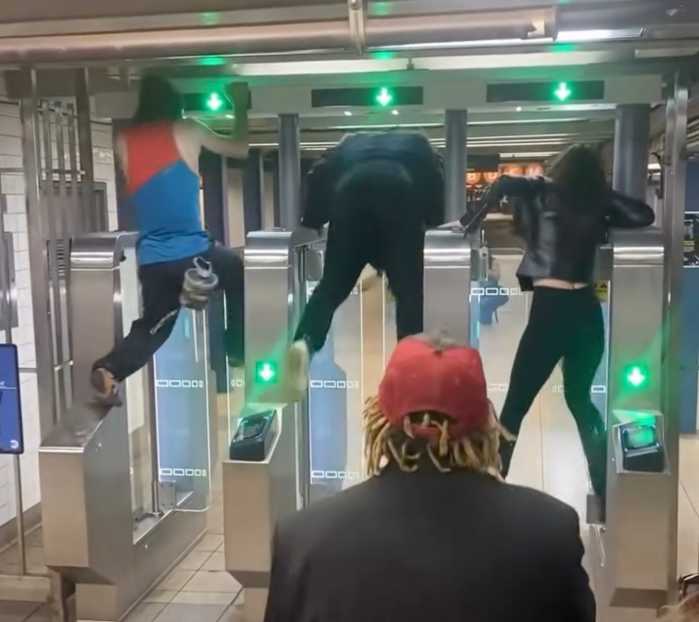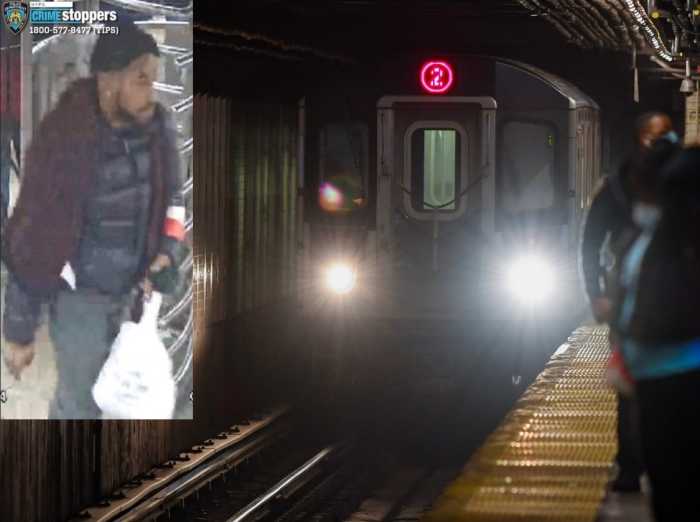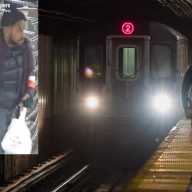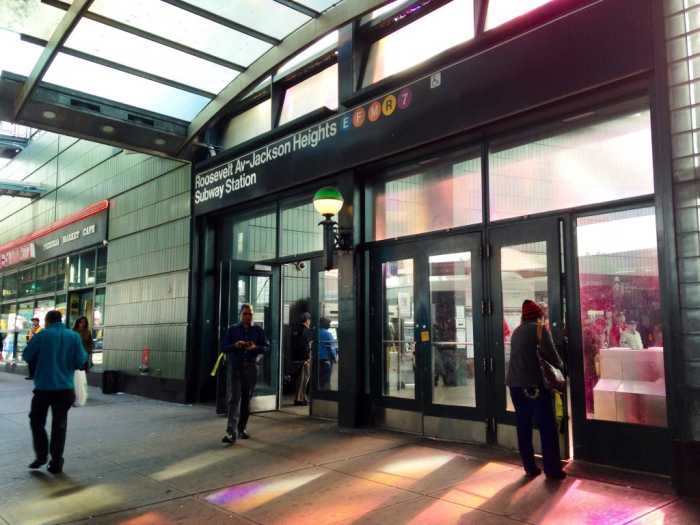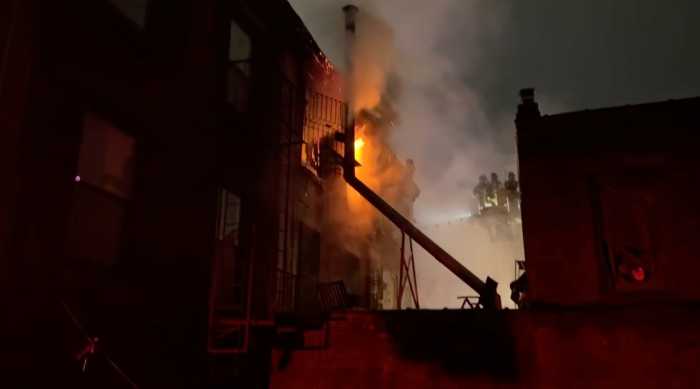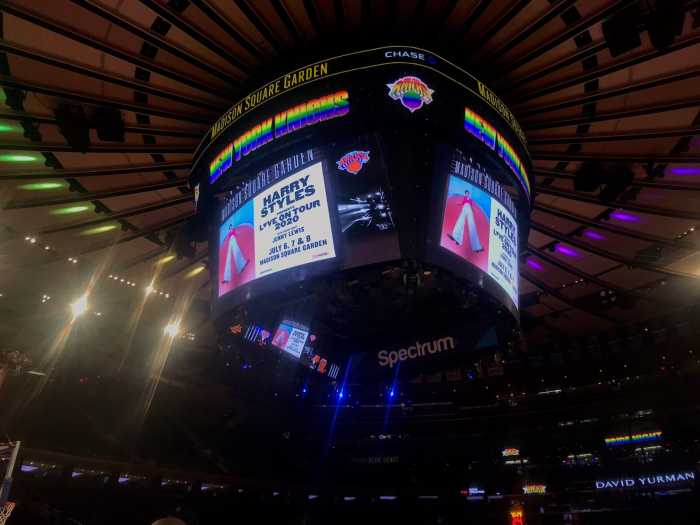A car from the last train that was underneath the World Trade Center and miraculously survived when the twin towers collapsed on 9/11 will be taken from an airplane hangar at JFK and displayed to the public in an upstate museum, officials said.
The PATH train had brought commuters to work on the morning of Sept. 11, 2001, and was one of two waiting at the station for the afternoon rush-hour when terrorists struck.
To escape, transit workers crowded onto one train that went to New Jersey.
The other, with no one aboard, was trapped when the towers fell. Several cars were completely mangled, but two survived. They have damage where large pieces of debris slammed into them, and the windows were blown in, according to the Trolley Museum of New York, which will house one of the cars.
First responders and contractors discovered the cars during recovery operations.
“When they were pulling out the rubble, they found a void area that had to be part of the station that hadn’t collapsed,” said Erik Garcés, president of the museum. “There was just enough room to hold up the ceiling, and keep the two cars relatively intact.”
Since early 2002, the Port Authority had stored the cars in a massive plane hangar at JFK. On Dec. 15, one will be moved to the Trolley Museum, based in the Hudson Valley town of Kingston. The other was given to the Shore Trolley Line Museum in East Haven, Connecticut.
“Our goal was to find permanent homes for all of the 9/11 artifacts that we collected so that they could be put on permanent public displays, and serve as a reminder of what transpired on that tragic day,” said Port Authority spokesman Steve Coleman.
Garcés said it was an eerie experience when he went to see the cars at JFK and walked through them.
“It felt like you were opening an Egyptian tomb,” he said. “You are seeing things no one has seen in a long time. The historical significance — it’s an awe-inspiring feeling.”
He added: “It’s humbling.”
He added that it feels like the cars had been frozen in time, with ads for old TV shows and brands that don’t exist anymore.
Visitors will be able to have that experience starting on Dec. 16. The car will sit on railroad tracks at the museum, but it will remain stationary.
